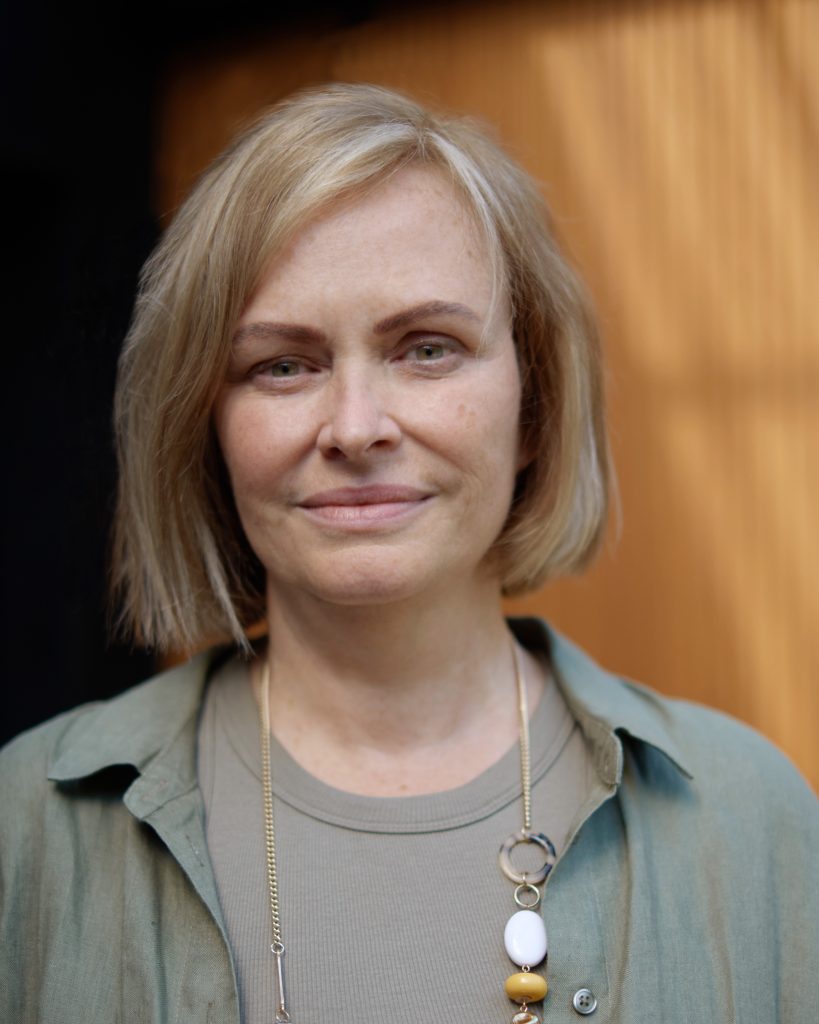Jennifer Snyders at the front of change
We are happy to share the interview with Jennifer Snyders, our CEO and architect, whose leadership is driving us towards new heights of making a better future possible.
Katrin of Being Designs Magazine recently talked with Jennifer Snyders about her story of creating sustainable design and inspiring the world with bamboo possibilities.
Bamboo wasn’t Jennifer’s first choice as a career. Nor was it her second or third, but as so often happens, she fell into it.
House of Bamboo started as a hobby for her father Mark, in 1972. Traveling extensively through Asia on business, Mark had plenty of time on his hands between meetings. He visited rural and remote villages and was enthralled by how the villagers used the organic material growing around them to make handicrafts. Utilizing rattan growing in the forests to weave mats, cane webbing, and woven panels and bamboo poles to build structures in their villages.
Some of Jennifer’s earliest memories are of her father talking about his experiences in these villages. He knew the elders by name and often stayed with them, sleeping on traditional tatami mats and sharing meals with them. As a sales engineer, he was fascinated by the difference between the materials he was selling and the calm simplicity of village handicrafts. Their innate ability to know how much of a yearly growth they could harvest to maintain the ecological balance and how to use the bi-products of the materials they harvested, fascinated him.
The family home became a showcase for the materials Mark had fallen in love with. Jennifer remembers him continually wanting to turn the family home into a tiki bar, much to the horror of her mother! Walls and ceilings were lined in sustainable organic materials, providing a bounty of colours, textures, and patterns. As a young girl, Jennifer was often embarrassed by her father’s unusual taste, but as she grew older she began to see the beauty in what he had created.
When Mark became ill, Jennifer stepped in to help, taking over management of a business that was firmly entrenched in the 70s. The main focus was on Natureed® and Bamboo Rod Screens for fencing and shading, having graduated from the original imports of Renaturit panels and wallpapers. It was during a trip to see ‘Mark’s villages’ for herself that she visited a factory making engineered bamboo.
Jennifer was welcomed by the elders who had formed such a special bond with her father. Each village had a specialization that depended on the organic material growing near them. In one, she watched villagers harvesting rattan cane from the forests, stripping and then weaving it by hand into long rolls of cane webbing – a craftmanship passed down from one generation to another, starting with the simplest radio weave and graduating with experience to the intricate design of a hexagonal weave. In another, she saw them harvesting water reeds, laying them to dry, and then hand-weaving them with organic material to make screens. Nothing was wasted. Here was a system of using a natural material in a sustainable fashion and ensuring neither the environment nor the villagers themselves were harmed during the process – in fact, exactly the opposite. The villages were benefitting from their knowledge of their surrounds and providing themselves with an ongoing income. These largely uneducated locals had an inherent true understanding and appreciation of how bamboo, rattan, and like materials could be utilized to benefit not only themselves but humankind.
So engineered bamboo was a bit of a surprise. This rustic ‘factory’ took a harvest of bamboo poles, stripped, and mulched them before pressing them into molds with a resin. Voila, you have a cross-laminated timber, but it’s not timber it’s bamboo.
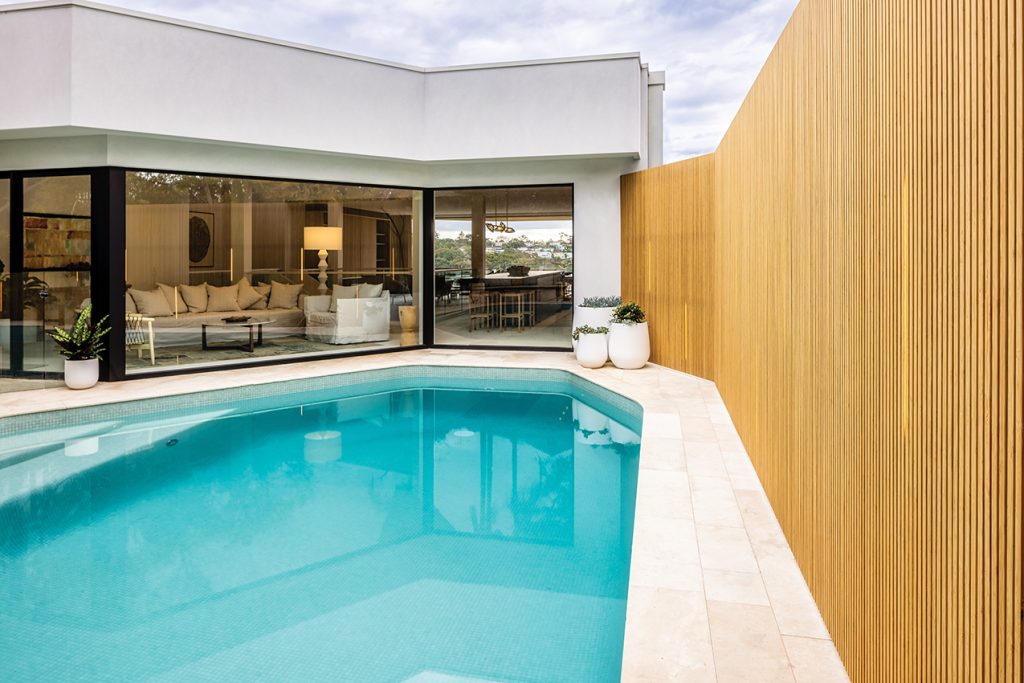
Here was a plant that produces 35% more oxygen than trees, stores four times more carbon than trees, and is abundantly available. She didn’t need her Bachelor of Science Architecture degree to understand that a 5-year harvest cycle that had little impact on our environment or biodiversity had the potential to turn the timber industry on its head. She was hooked but now she had to convince everyone else. At least she was in the right business. One article after another extolled the virtues of bamboo as a sustainable building material. Others how bamboo could help restore the earth’s ecological balance.
Providing sustainable materials to the Australian market was Mark Snyders’ vision 50 years ago but now there was another player in the market and it was a game changer. Advancements in technology and manufacturing practices have allowed bamboo to be turned from a round pole into a square timber-looking batten. No longer confined to recreating that Santorini/Mykonos vibe, bamboo is now a contemporary, elegant alternative to timber.
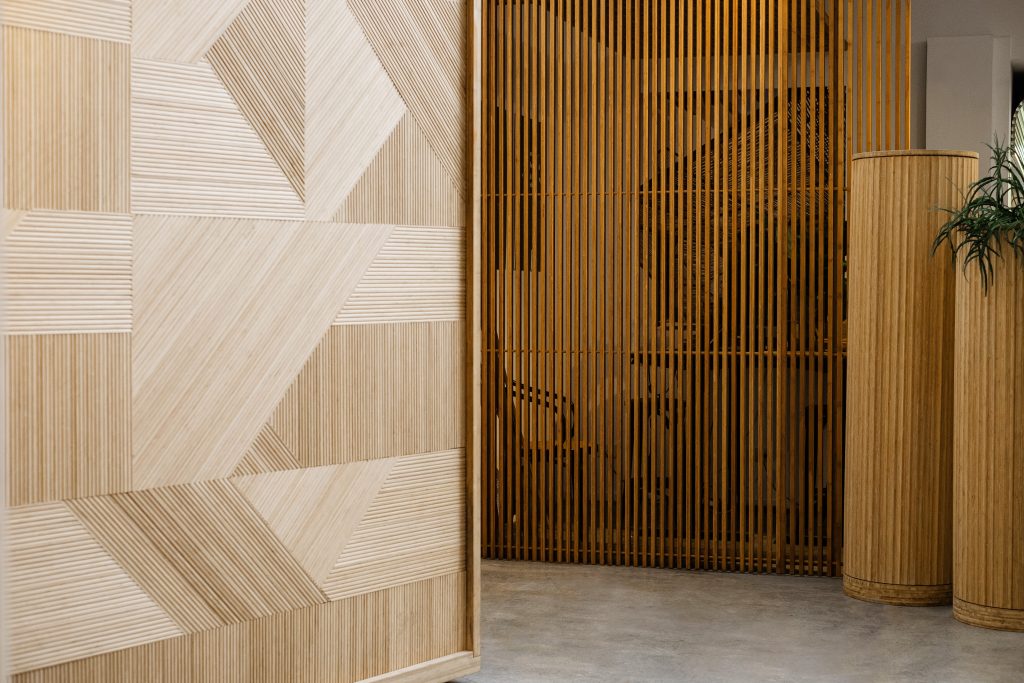
Jennifer started thinking about how you could use engineered bamboo in the built environment. Could you persuade architects and interior designers to consider bamboo as an alternative to timber? What benefits did it have that might convince people to start using it?
- A short harvest cycle of between 5-7 years compared to 40-80 years for hardwoods.
- It produces 35% more oxygen than an equivalent acreage of timber.
- Selective harvesting doesn’t destroy the biodiversity unlike harvesting of timber
- Able to be manufactured to have the same strength as timber.
Jennifer realized that bamboo represents strength, resilience, and sustainability and has the potential to change the world!
Gunter Pauli said, “The science is already there. We don’t have to convince people about bamboo, we have to inspire them”.
Today we live in a different world from when Mark started his hobby business. We are very much a throw-away society where few products marketed to consumers are made to last. People are time-poor and after a quick solution, those villages Mark visited still exist. They patiently harvest and weave natural, sustainable material, providing valuable income to rural and sometimes remote economies. These artisanal materials are now highly sought after.
House of Bamboo, under Jennifer’s guidance, has embraced this timber of the future and is using it to respond to the ever-changing needs of its customers, providing off-the-shelf and bespoke solutions. Beautiful materials for building and designs that have a minimal impact on our environment. She has worked tirelessly to ensure all the materials at House of Bamboo meet international standards for Health and Environmental Responsibility, gaining Global GreenTag Platinum Health Ratings on all products from engineered bamboo to rattan, woven panels, bamboo rod screens, and natureed.
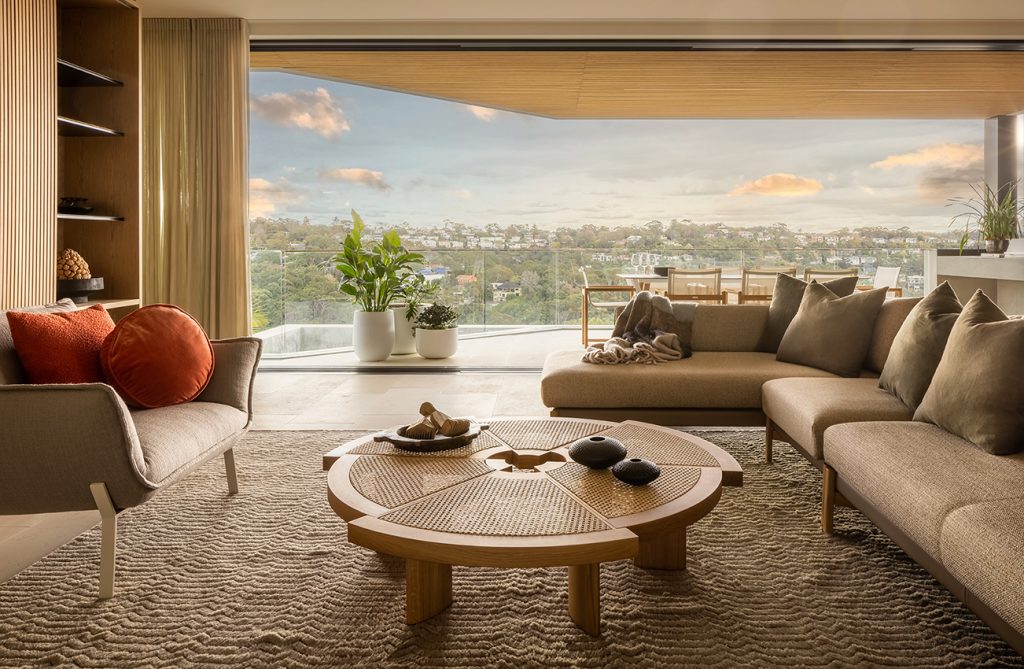
“It is my mission, it is the mission of all of us at House of Bamboo, to be driven to be environmentally innovative and progressive, to provide beautiful and practical products to our customers.”
Jennifer has reinvented House of Bamboo and the recently renovated Botany showroom is a representation of that journey. The original 1940s warehouse has been transformed into a sleek, modern contemporary space showcasing the diversity of engineered bamboo, while homage is paid to the organic building materials displayed with images of villagers working the raw materials, weaving, and binding. It is an inspiration for creativity; an inviting oasis in the midst of suburbia.
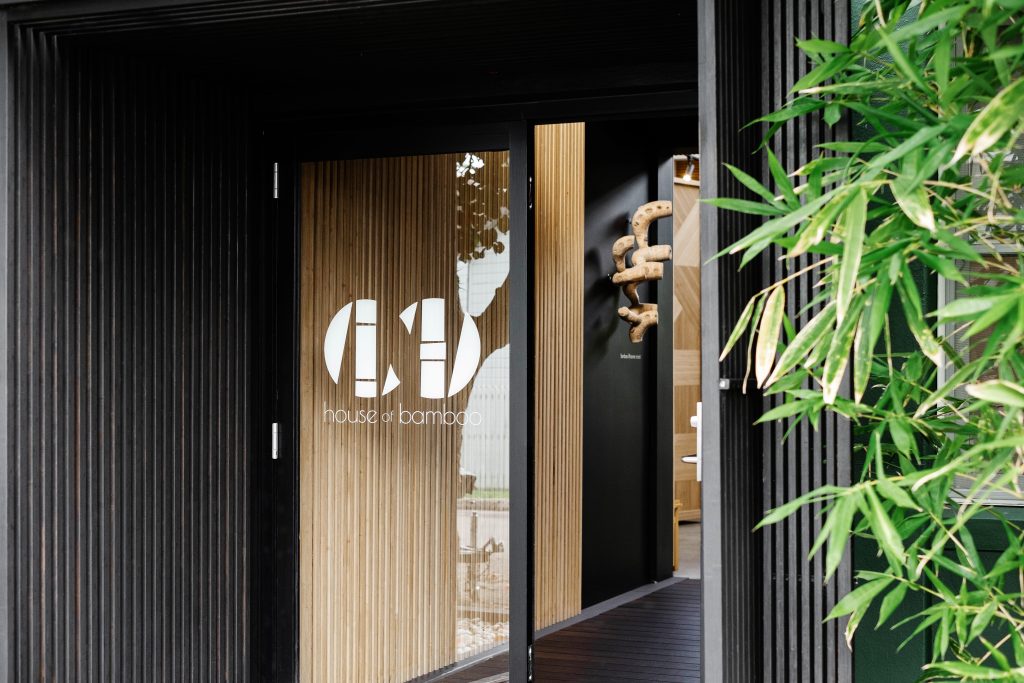
While the world may have changed, the passion, dedication, and desire to innovate, lead and provide solutions for clients have not diminished, it has in fact intensified. House of Bamboo is pushing the boundaries in the engineering and design of bamboo materials. They are striving to continually break new ground and Jennifer Snyders firmly believes, “the best is yet to come”.
Read the story in Being Designs magazine.

